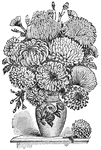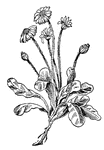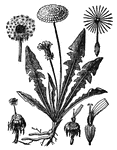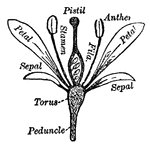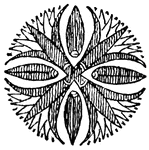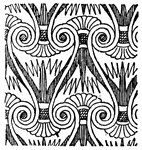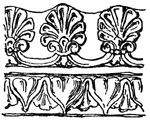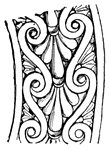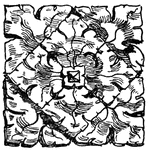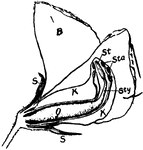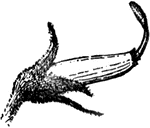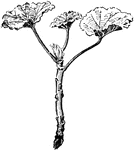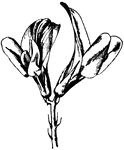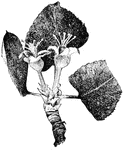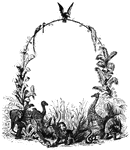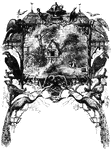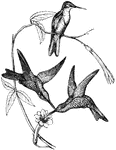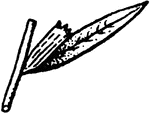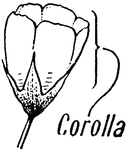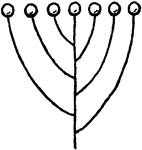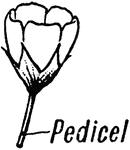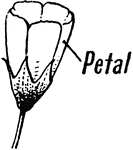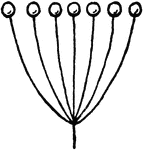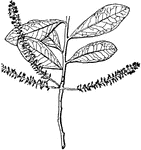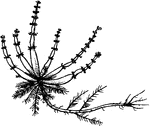
Hawk Moth
The hawk moth is well known by its habit of poising like a humming bird over the flower from which it…

Hawk Moth
The hawk moth is well known by its habit of poising like a humming bird over the flower from which it…
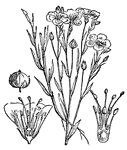
Flax. Flower and Seed-Pod
Flax is an annual plant with alternate linear-lanceolate leaves, many-flowered broad cymes, usually…
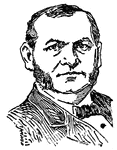
Roswell P. Flower
(1835-1899) In 1881 Flower was elected into congress and in 1891 became governor of New York.
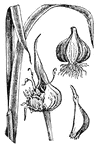
Garlic
Garlic is a perennial plant allied to the onion. Garlic is composed of a stalk, flower, bulb, and clove.

Glass Sponge
A beautiful Glass Sponge called the "Venus Flower Basket". It grows in the deep sea near the Philippine…
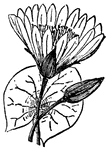
Lotus Flower
The lotus flower has been called the sacred flower of Ancient Egypt. It was the largent and most beautiful…
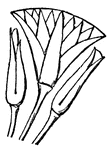
Conventionalized Lotus Flower
The lotus flower has been called the sacred flower of Ancient Egypt. As a product of the life-giving,…
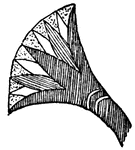
Conventionalized Lotus Flower
The lotus flower has been called the sacred flower of Ancient Egypt. It is shown in the hands of kings…
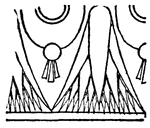
Conventionalized Lotus Flower
The lotus flower has been called the sacred flower of Ancient Egypt. As a border ornament, the lotus…
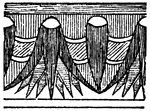
Conventionalized Lotus Flower
The lotus flower has been called the sacred flower of Ancient Egypt. As a border ornament, the lotus…

Ballflower
A ball-flower is an ornament resembling a ball enclosed in a circular flower—one of the characteristics…

Battle of Cross Keys
"Battle of Cross Keys, Sunday June 8th, 1862- centre and front of the Federal army in the engagement.…
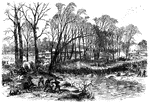
Battle of Stone River
"Battle of Stone River, Tenn. The decisive charge of General Negley's division across the river- the…

Passeres
An assortment of passeres, one order of birds. The legs, feet, and talons are generally smaller than…
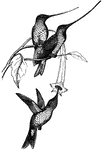
Hummingbirds
A group of humming birds with particularly long and narrow beaks, well-adapted for sipping nectar from…

Major Zagonyi
"Second charge upon the Confederates by General Fremont's bodyguard, under Major Zagonyi, near Springfield,…

Raceme
A flower cluster with the flowers stalked and comming off a commonand more or less elongated axis.
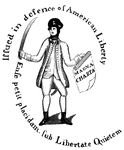
Treasury Note
"Reverse of a Massachusetts Treasury note. This is a fac simile of the device on the back of one of…
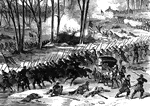
Battle of Stone River
"Battle of Stone River, Tenn. The decisive charge of General Negley's division across the river- the…
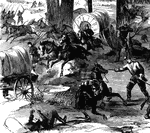
Battle of Stone River
"Battle of Stone River, Tenn. The decisive charge of General Negley's division across the river- the…
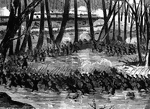
Battle of Stone River
"Battle of Stone River, Tenn. The decisive charge of General Negley's division across the river- the…
